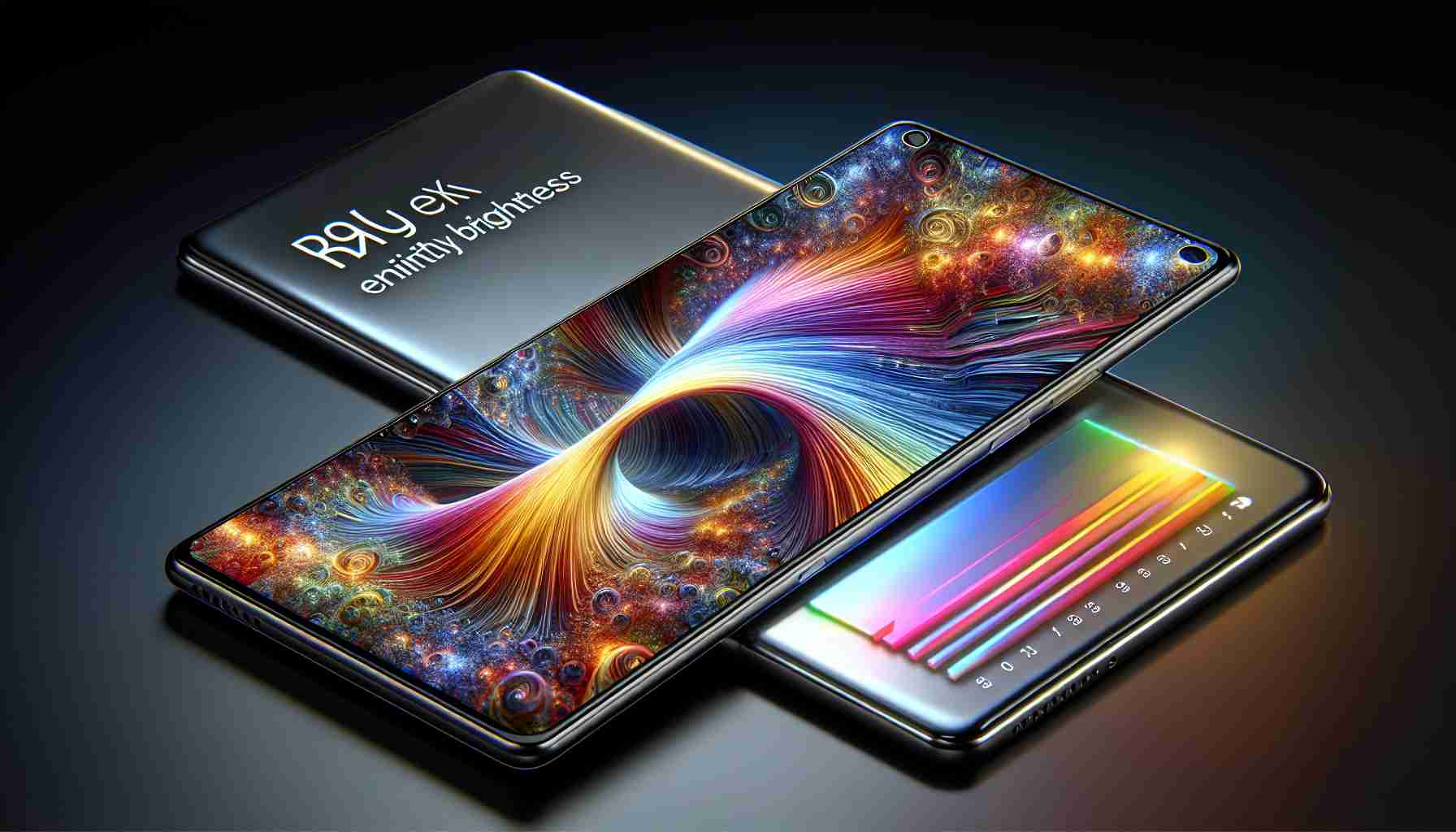Apple’s iPhone 16 Pro Aims for Enhanced Daylight Visibility
Improving visibility under the sun, Apple is rumored to be enhancing the iPhone 16 Pro display’s maximum brightness. Speculated to reach a typical maximum of 1,200 nits, and a peak for HDR content at 1,600 nits, this enhancement signifies an improvement over the iPhone 15 Pro’s display capabilities. Such a boost in brightness would allow users a more comfortable viewing experience in daylight.
The insider, Setsuna Digital, who unveiled these updates on Weibo, emphasized the commitment to display quality without implementing a dual-layer OLED configuration. This is a strategic decision by Apple, considering the advanced Tandem OLED system currently used in the M4 iPad Pro, which relies on two OLED layers.
With these improvements, the iPhone 16 Pro aims to sustain its reputation for supreme display quality while carefully considering the technology’s limitations and impacts, such as potential compromises on viewing angles, which had been a subject of discussion with earlier projections about Apple’s new micro lens array technology.
Apple continues to innovate in the screen technology space, consistently seeking ways to optimize the user experience. The anticipation for the next-generation iPhone suggests that Apple is once again ready to push the boundaries of what users expect from their devices’ visual performance.
Key Questions and Answers:
Q: What is the expected maximum brightness for the iPhone 16 Pro display?
A: The iPhone 16 Pro display is rumored to have a typical maximum brightness of 1,200 nits, and a peak brightness for HDR content at 1,600 nits.
Q: Does the iPhone 16 Pro use a dual-layer OLED configuration?
A: No, Apple has reportedly decided not to use a dual-layer OLED configuration for the iPhone 16 Pro, despite utilizing an advanced Tandem OLED system in the M4 iPad Pro.
Q: What are the potential impacts of enhancing the display’s brightness?
A: While increased brightness improves daylight visibility, there could be potential compromises on viewing angles and battery life, which have been subjects of discussion in the past.
Key Challenges and Controversies:
A significant increase in display brightness could potentially raise concerns about battery life, as brighter displays typically consume more power. Moreover, the ability to manage thermal dissipation without compromising the device’s form factor and weight can be challenging. In terms of controversies, there is the ongoing debate about how bright smartphone screens should actually be for the optimal balance of visibility and eye health, as excessive brightness can lead to eye strain or discomfort.
Advantages and Disadvantages:
Advantages:
– Improved visibility in bright outdoor conditions allows for a better user experience.
– Enhanced brightness levels would be beneficial for viewing HDR content, offering greater dynamic range.
– It may give Apple a competitive edge over other smartphones with less bright displays.
Disadvantages:
– Increased power consumption could lead to shorter battery life unless compensated by more efficient power management or larger batteries.
– Potential thermal issues that could arise from higher brightness levels.
– The possibility of decreased viewing angles with certain display technologies.
As of now, there are no available URLs to include as the information provided is attributed to an insider source, and no official announcement has been made by Apple. Once the information is officially confirmed or provided by reputable sources, a suggested related link would be to Apple’s homepage: Apple, where official details about the iPhone 16 Pro’s specifications and features would be announced.
The source of the article is from the blog elektrischnederland.nl
